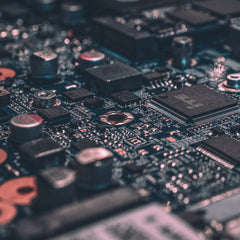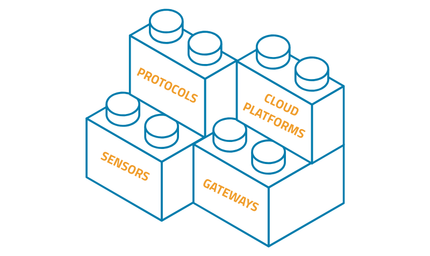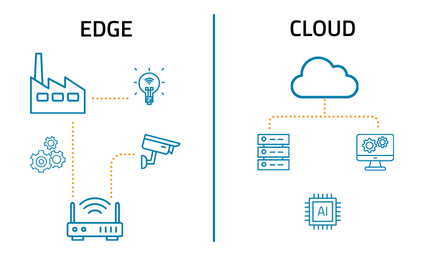A majority of the tech industry has come to accept that the Internet of Things (IoT) will increase in size by the year 2020, enabling around 30 billion internet-connected devices. Internet Protocol Version 4 (IPv4) was the first internet protocol to be released for public use. When it was released, it only allocated enough address spaces to accommodate for just over 4 billion devices, which is clearly not even close to enough space at this point in time. Internet Protocol Version 6 (IPv6), which is the most recent internet protocol, is the perfect solution for the IoT as it extends the number of address spaces to roughly 340 undecillion.
The IPv6 can essentially provide every person on Earth with around 4,000 usable IP addresses, which is more than enough space to sustain the expected IoT growth. Due to the limited size of the IPv4, implementing IPv6 as the new standard for internet connectivity is inevitable. When IPv4 began to run out of address space, Network Address Translation (NAT) was developed to enable different devices to share the same public IP address. At the time, this was a very innovative solution that compensated for the unexpected expansion of the internet. However, many devices that are being developed today utilize an IPv6 address space. Even though converting any IPv4 addresses to IPv6 may be cumbersome, it is only a matter of time before IPv6 is universally accepted, rendering IPv4 infrastructures completely useless.
What does this have to do with the IoT? The most important thing to consider is that upgrading from IPv4 to IPv6 will require end-to-end encryption and a stronger authentication process. This is because using NAT creates a middleman in the device communication, removing the ability to have more secure machine to machine (M2M) communication. IoT devices are heavily reliant upon robust and secure communication as the data collected by device sensors can include sensitive information. IPv6 will enable safe M2M communication and allow for the IoT to continue to expand at its expected, exponential rate. There can still be some security risks with IPv6, but it is a significant advancement in comparison to IPv4.
Security aside, IPv6 could be the solution for multi-protocol interoperability between different devices. This is due to the fact that it includes a very large address space, allowing for the internet to be extended to any device. IPv6 utilizes auto-configuration, which is used to establish a link-local address. It can then use its Neighbor Discovery Protocol (NDP) to check if the address is unused and unique before it saves it. This is a major upgrade for the IoT because IPv6 completes its address conflict detection before actually using the address itself, which IPv4 did not do.
When it comes to things such as mobility and scalability, IPv6 is well equipped to handle the plethora of IoT devices that will soon be creating networks within homes and cities. This upgraded internet protocol brings more functionality and more security than IPv4 could offer, while ensure every device will have a unique IP address. As the IoT world continues to expand at such a rapid pace, its dependency on IPv6 is an unavoidable step in creating seamless device interoperability and communication.






